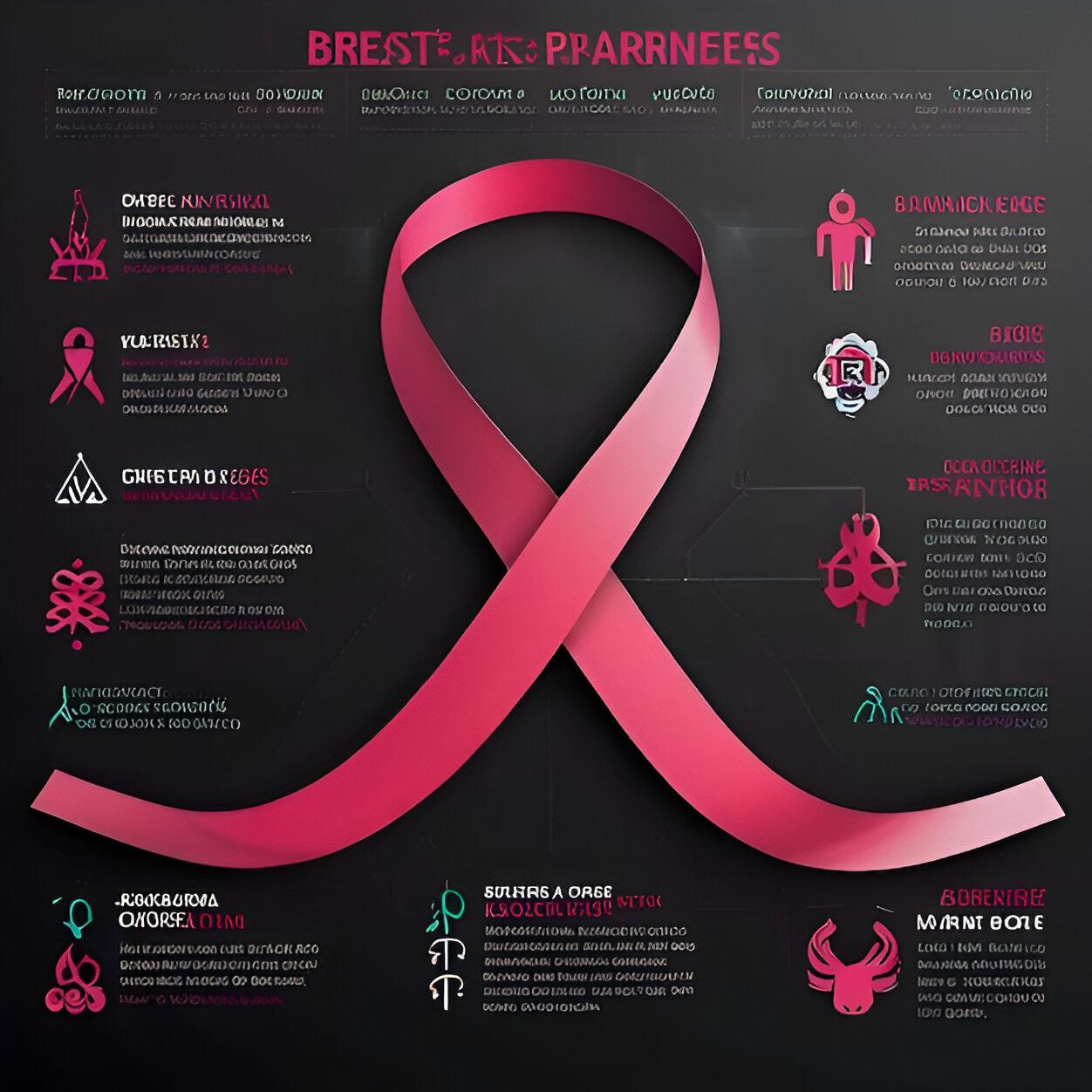The landscape of cancer epidemiology continues to evolve, presenting healthcare professionals and researchers with critical data that shapes treatment protocols and prevention strategies. Understanding the distribution and frequency of various malignancies across different populations provides essential insights for improving patient outcomes and resource allocation in oncology care.
Worldwide Cancer Incidence Patterns
Cancer epidemiology reveals striking patterns in disease distribution, with certain malignancies demonstrating consistent prevalence across diverse populations. Current surveillance data indicates that approximately 20 million new cancer cases emerge globally each year, with mortality rates varying significantly based on cancer type, stage at diagnosis, and available treatment resources.
The burden of cancer continues to increase worldwide, driven by population aging, lifestyle changes, and improved diagnostic capabilities. Most common types of cancer show distinct epidemiological patterns that reflect both genetic predisposition and environmental influences across different geographical regions.
Primary Cancer Categories by Prevalence
Mammary Carcinoma
Breast malignancy represents a significant portion of cancer diagnoses worldwide, affecting approximately 2.3 million individuals annually. This disease demonstrates the highest incidence among women globally, with risk factors including hormonal influences, genetic mutations, and lifestyle factors. Advanced screening methodologies have contributed to earlier detection and improved survival rates in many healthcare systems.
Pulmonary Malignancies
Respiratory tract cancers, including both primary lung tumors and metastatic disease, continue to present substantial challenges in oncology practice. Common cancer types within the respiratory system encompass various histological subtypes, each with distinct prognosis and treatment approaches. Environmental carcinogens, particularly tobacco exposure, remain the predominant risk factor.
Gastrointestinal Tract Malignancies
Colorectal cancer maintains its position as a leading cause of cancer-related morbidity and mortality worldwide. The disease affects both genders with relatively equal frequency, though slight variations exist based on anatomical location within the colon and rectum. Dietary patterns, particularly consumption of processed foods and limited fiber intake, correlate strongly with incidence rates.
Demographic and Geographic Variations
Cancer epidemiology demonstrates remarkable diversity across different populations and geographic regions. Hepatocellular carcinoma shows elevated incidence in regions with endemic viral hepatitis, while gastric cancer maintains higher prevalence in East Asian populations. These patterns underscore the complex interplay between genetic susceptibility, environmental exposures, and cultural practices.
Prostate cancer exemplifies how most frequent cancers worldwide can vary dramatically between ethnic groups, with African American men experiencing significantly higher incidence and mortality rates compared to other populations. This disparity highlights the importance of personalized screening approaches and culturally sensitive healthcare delivery.
Emerging Epidemiological Trends
Contemporary cancer epidemiology reveals several concerning trends that require immediate attention from the global health community. Skin malignancies, including both melanoma and non-melanoma varieties, demonstrate increasing incidence rates in many regions, largely attributed to changing recreational patterns and increased ultraviolet radiation exposure.
The epidemiology of virus-associated cancers presents both challenges and opportunities. While cervical cancer rates decline in regions with effective human papillomavirus vaccination programs, other viral-associated malignancies continue to emerge as significant health concerns in various populations.
Future Projections and Prevention Strategies
Epidemiological modeling suggests that cancer incidence will continue rising substantially over the next two decades. Projections indicate that most common forms of cancer will account for approximately 28.4 million new cases by 2040, representing a nearly 50% increase from current levels.
These projections emphasize the critical importance of implementing comprehensive prevention strategies that address modifiable risk factors while maintaining focus on early detection and treatment optimization. Population-based screening programs, lifestyle intervention initiatives, and vaccination campaigns represent essential components of effective cancer control strategies.
Healthcare System Implications
Understanding cancer epidemiology enables healthcare systems to develop evidence-based approaches to resource allocation and service delivery. The data supports the need for specialized oncology services, targeted prevention programs, and research initiatives that address the most prevalent malignancies within specific populations.
These epidemiological insights provide the foundation for developing sustainable cancer control strategies that can adapt to changing demographic patterns while maintaining focus on reducing both incidence and mortality rates across diverse populations worldwide.
Latest Reports:-
Urodynamic Devices Market | Urolithiasis Market | Metastatic Urothelial Carcinoma Market | Us Healthcare Outlook Report | Uveal Neoplasms Market | Vaginal Rejuvenation Systems Market | Vagus Nerve Stimulator Market | Varicose Vein Market | Varicose Vein Treatment Devices Market | Vascular Closure Devices Market | Vascular Graft Devices Market | Chronic Venous Ulceration Market | Venous Thromboembolism Market | Ventilator Market | Vertigo Market | Acoustic Neuroma Market | Vital Sign Monitors Devices Market | Vulvodynia Market | Wegener’s Granulomatosis Market | X Linked Hypophosphatemia Market | Myotubular Myopathy Market | Xlinked Severe Combined Immunodeficiency Market | Adamantinoma Market | Congenital Diarrheal Disorders Market | Pigment Epithelial Detachment Market | Tadekinig Alfa Market | Triple X Syndrome Market | Ventricular Dysfunction Market | Visceral Pain Associated With Gi Disorders Market

